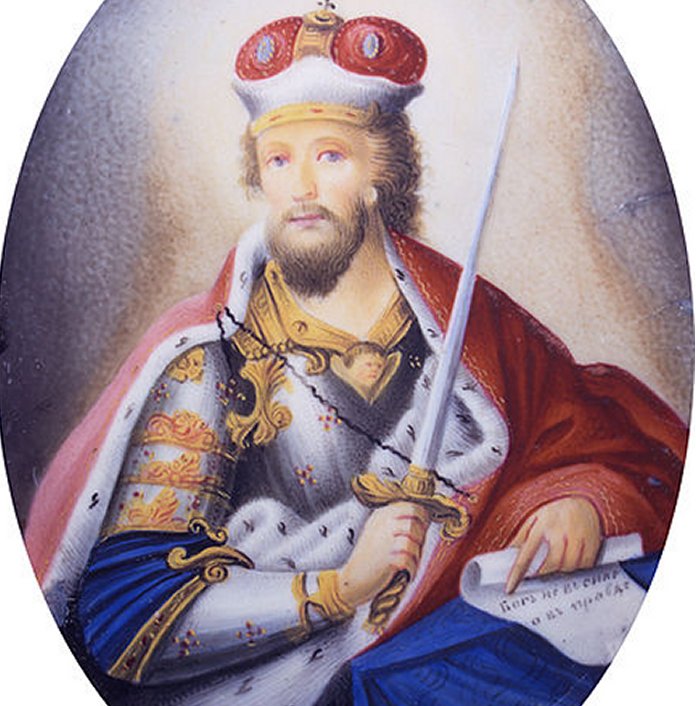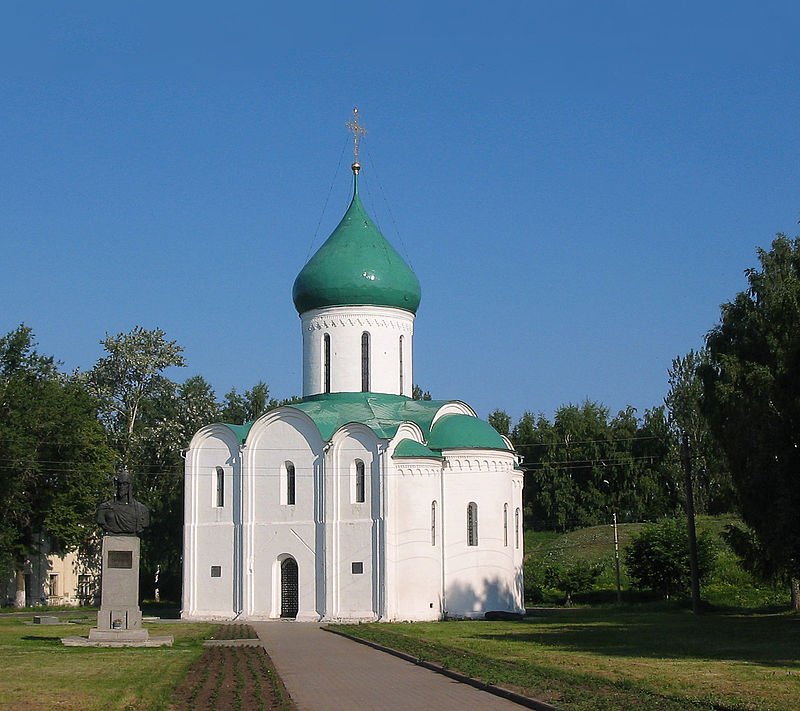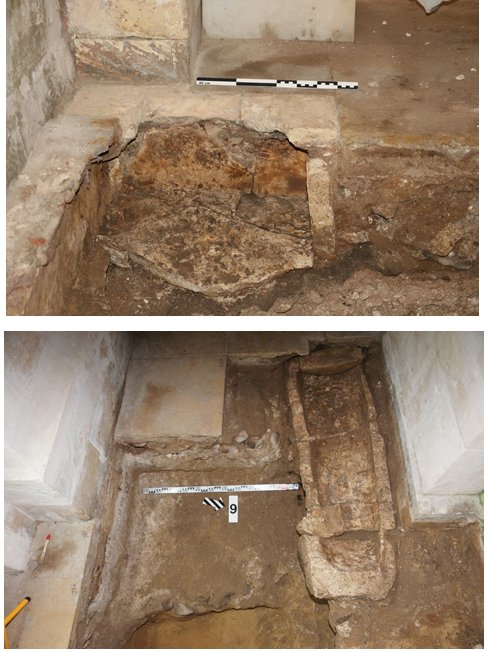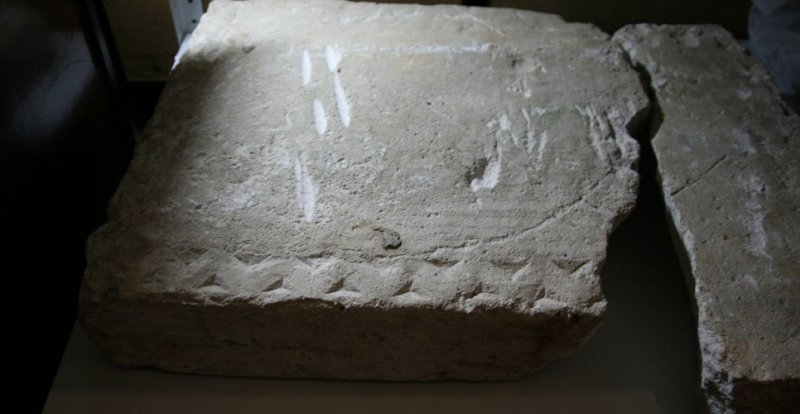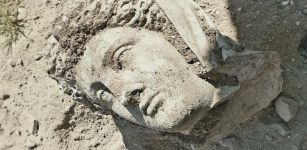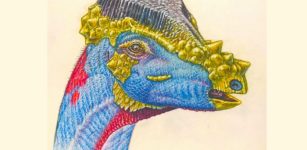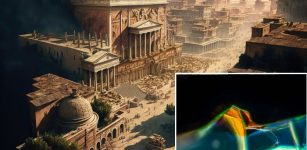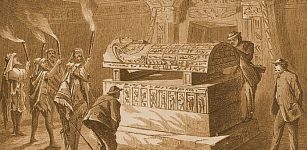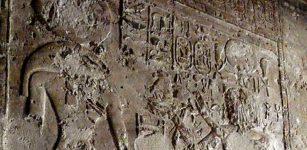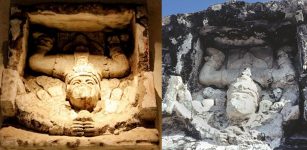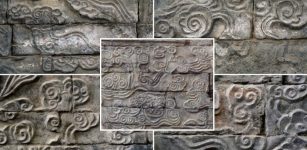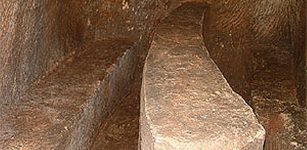Location Of Burial Place Belonging To Alexander Nevsky’s Son And Grandson – Found
Conny Waters - AncientPages.com - Russian archaeologists have found the burial place of the last two rulers of the Pereslavl-Zalessky principality - Princes Dmitry Alexandrovich and Ivan Dmitrievich, the son and grandson of Alexander Nevsky.
"The two princely sarcophagi were on the same line in the southern part of the cathedral: the father was buried in the eastern corner, in the side of the altar, and the son — in the western part, also a prestigious and important southern part of the temple," explained the head of the Architectural and Archaeological team of IA RAS Vladimir Sedov.
Medallion of the Grand Prince St Alexander Nevsky. Russian School, late 19th, early 20th century. Image credit: Wikipedia
The discovery was made by archaeologists during excavations on the territory of the Transfiguration Cathedral — one of the oldest white-stone churches of pre-Mongol Russia. It was built in Pereslavl-Zalessky during the reign of Yuri Dolgoruky. Subsequently, it went through several major reconstructions.
One of them took place in 1891-1894. Then the tombstones were lost, which indicated the burial place of Princes Dmitry Alexandrovich and Ivan Dmitrievich-direct descendants of Alexander Nevsky. Therefore, historians did not know exactly where the tombs of the last rulers of the Pereslavl-Zalessky principality were located — except that they were located in the southwestern and south-eastern parts of the temple complex.
"The Russian national hero, Alexander Yaroslavich “Nevski” (1220-1263), was a younger son of Yaroslav, Prince of the Russian province of Vladimir, located about 200 kilometers (120 mi) to the east of Moscow, Russia.
Transfiguration Cathedral in Pereslavl. Credit: Ludvig14 - CC BY-SA 3.0
He is a legend today: his fame survived in form of his name on streets, various ships, public buildings, and a number of stories passed down from one generation to another.
Alexander excelled early as a skilled fighter and quick-thinking strategist; however, at the beginning of his political career, his diplomatic rather than military skills were used to protect Novgorod, as the Mongols were on their way to extend their already vast empire in 1238–40.
Nevsky’s victory over the Swedes and German Knights was frequently invoked as propaganda during Soviet tough resistance to the German invasion in World War II. Alexander Nevsky has always inspired the Russian people." 1
Fragments of the white-stone sarcophagus of the burial of Prince Dmitry Alexandrovich. Credit: IA RAS
For a long time, scientists believed that the remains of the princes rest in the southwestern part of the cathedral. In 1939, Soviet archaeologists discovered a wooden coffin and a stone sarcophagus there. Excavations in 2014 and 2020 showed that everything was wrong: the remains of Alexander Nevsky's son actually ended up in the south-eastern part of the cathedral. There, scientists discovered a sarcophagus carved from a single piece of stone.
This is supported by several factors: for example, the style of its manufacture is similar to the tombs of the pre-Mongol Vladimir-Suzdal Rus, as well as the tomb of his son Ivan Dmitrievich, after whose death the Pereslavl principality was annexed to Moscow.
A fragment of the carving of the white-stone sarcophagus of Prince Ivan Dmitrievich, the grandson of Alexander Nevsky. Credit: IA RAS
In addition, archaeologists found another stone sarcophagus in the northern part of the temple. Its origin and purpose are still unknown. The only thing that scientists have found out so far is that it belongs to the second half of the XV century or to the beginning of the XVI century.
"This stone coffin may have been the last resting place of one of the voivodes of Pereslavl from the Moscow period. The discovery of an anthropomorphic solid-stone sarcophagus and burial in it will allow us to obtain new data about the history of the cathedral's necropolis, where the princes of Pereslavl were buried mainly, " Sedov concluded.
Written by Conny Waters - AncientPages.com Staff Writer
Expand for references
